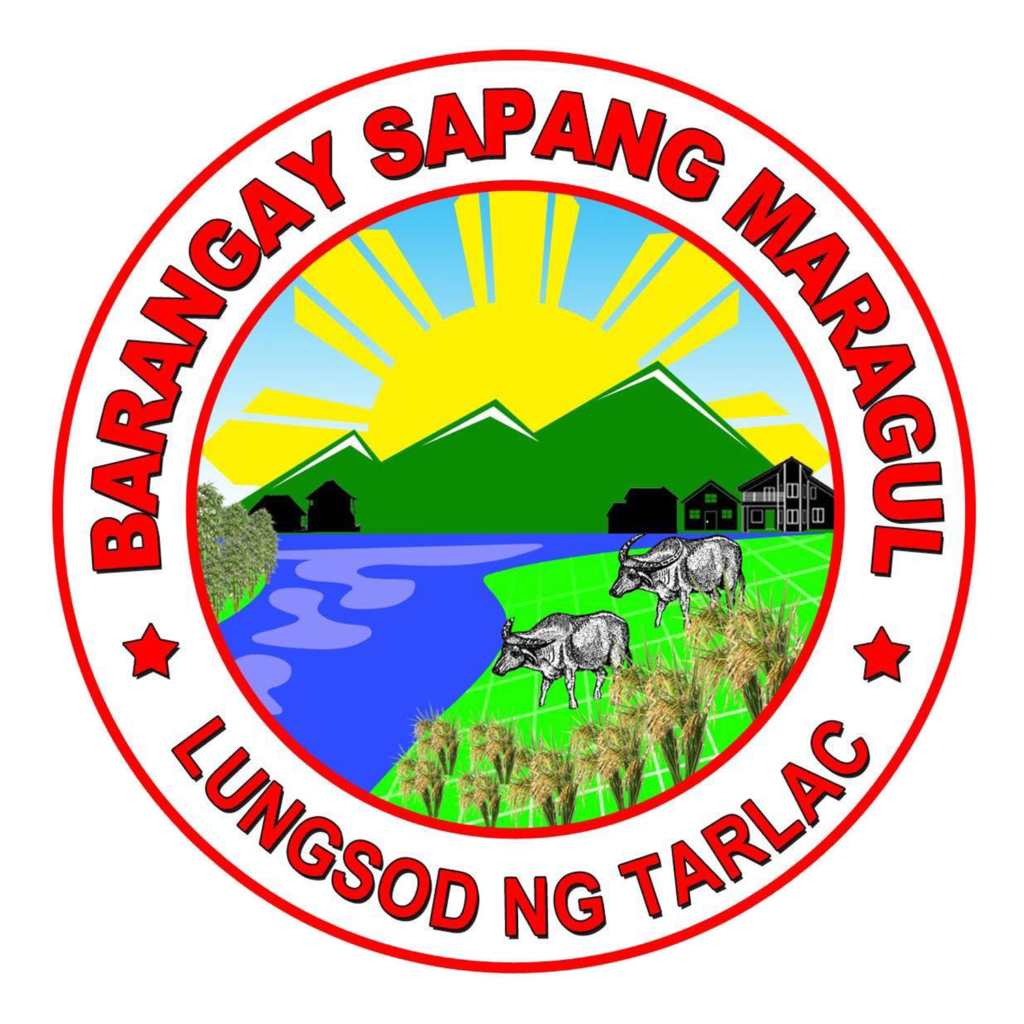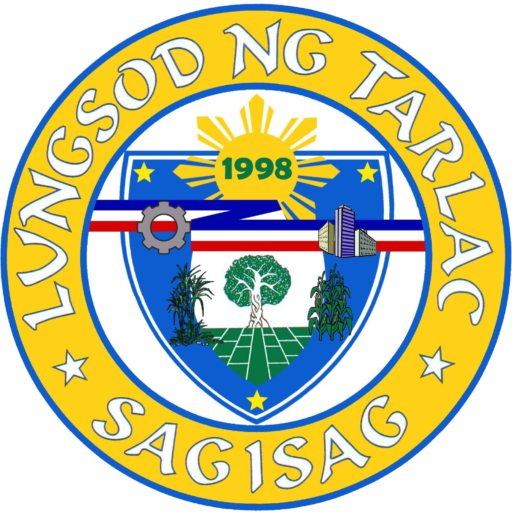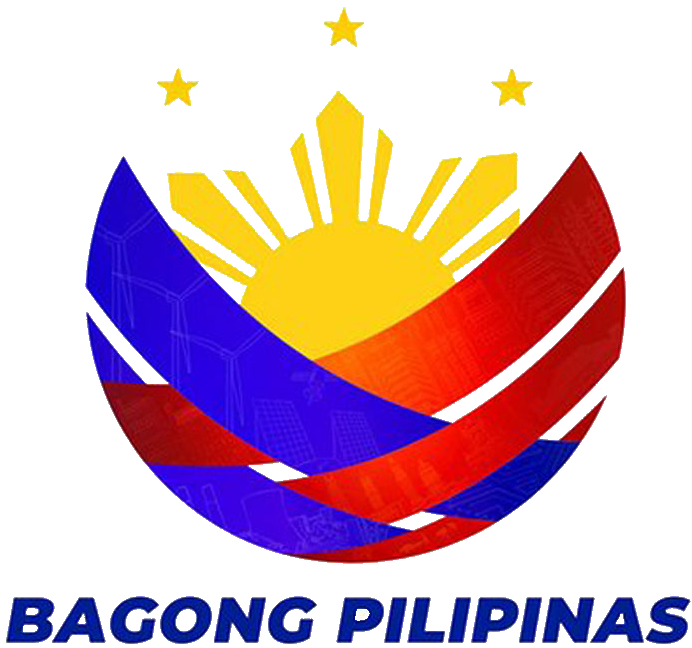
BARANGAY SAPANG MARAGUL HISTORY
Barangay Sapang Maragul is one of the 19 barangay enclosed in the West District Division of Tarlac City. It is the biggest among the 76 barangays in Tarlac City. Barangay Baras-Baras bound it on the North, San Juan de Mata on the West, Care on the South, Tibag on the Southeast, and Dolores on the Northeast and San Isidro on the East.
It is approximately 7.8 kilometers away from city proper. It has a total land area of 1,455.00 hectares. The 528.25 hectares designate to agriculture and remaining 926.5 hectares corresponds to residential and commercial area. It also divided into 7 sitios’ namely: Sitio Centro, Sitio Bungil, Sitio Carague, Sitio Kumintang, Sitio Samberga, Sitio Bagong Diwa, Sitio Bagong Barrio.
Barangay Sapang Maragul classified as Rural Barangay, it has a total population of eight thousand four hundred sixteen (8,416) as of 2005, and a household population of one thousand three hundred nineteen (1,319).
Barangay Sapang Maragul is one of the biggest contributors in terms of agriculture. Approximately 40% of the total land areas occupied by farmland and approximately 80% of the total populace here were farmers. Farming is one of their major sources of livelihood. They cultivate palay, vegetables, corn and so on. Other residents were employee, laborers, construction workers, and drivers and so on. Some has their own business such as sari-sari stores and so on.
Barangay Sapang Maragul was then a Sitio of Barangay Tibag together with San Jose De Valdes.
Sapang Maragul as it is known was a two-word “Sapa” means lake and ”Maragul in Pampango” which means big and from these words, Sapang Maragul originated. This big lake serves as their water reservoir because water still over flows even during dry season. Few people reside in this area had experience flood because of the water that overflows from the latter. It is what made the people decide to cover some part of the lake with soil to protect them from flooding and to convert some watered part into a residential area.
As years went on and people grown in population, and through their hard work and cooperation, the area totally transformed into a residential area called “Barangay Sapang Maragul”.
Few affluent and pioneered settled and spearheaded the development of this barangay are the Tagunes, Paraiso, De Guzman families respectively.
Ninety percent of the total populations are Pampango, and the rest are Tagalog, Bisaya, Pangasinense, and Ilocano.
Barangay Sapang Maragul celebrates their feast day every March 26 as a thanksgiving to the Patron Saint Augustine. Saint Augustine was born in 354 at Tagaste in Africa. He was brought up in the Christian faith but did not receive baptism, result of the practice, common in the first centuries, of deferring it until adulthood. An ambitious schoolboy of brilliant talents and violent passions, he early lost both his faith and his innocence. He pursued with ardor the study of philosophy. He taught grammar, rhetoric and literature for nine years in his native town of Tagaste, and in Carthage. He persisted in his irregular life and doctrinal errors until he was thirty-two. Then one day, stung to the heart by the account of some sudden conversions, he cried out, “The unlearned rise and storm heaven, and we, with all our learning, for lack of courage lie inert!” The great heart of this future bishop was already evident.
When as a genial student of rhetoric, he was at Milan, where Saint Ambrose was bishop, Augustine tells us later in his autobiography, the Catholic faith of his childhood regained possession of his intellect, but he could not as yet resolve to break the chains of bad habit. His mother helped him to separate from the mother of his son, Adeodatus, who had died as a young man; and she, after this painful separation, retired for life to a convent, regretting that she had long enchained this soul of predilection. Augustine’s mother, Saint Monica, died soon afterwards.
Urged also by a friend who had decided to adopt a celibate life, Saint Augustine took up a book of the Holy Scriptures, and read the Epistles of Saint Paul in a new light. A long and terrible conflict ensued, but with the help of grace the battle was won; he went to consult a priest and received baptism, returned to Africa and gave all he had to the poor. At Hippo, where he settled, he was consecrated bishop in 395. For thirty-five years he was the center of ecclesiastical life in Africa, and the Church’s strongest champion against heresy. His writings, which compose many volumes, have been everywhere accepted as a major source of both Christian spirituality and theological speculation. The great Doctor died, deeply regretted by the entire Christian world, in 430.

